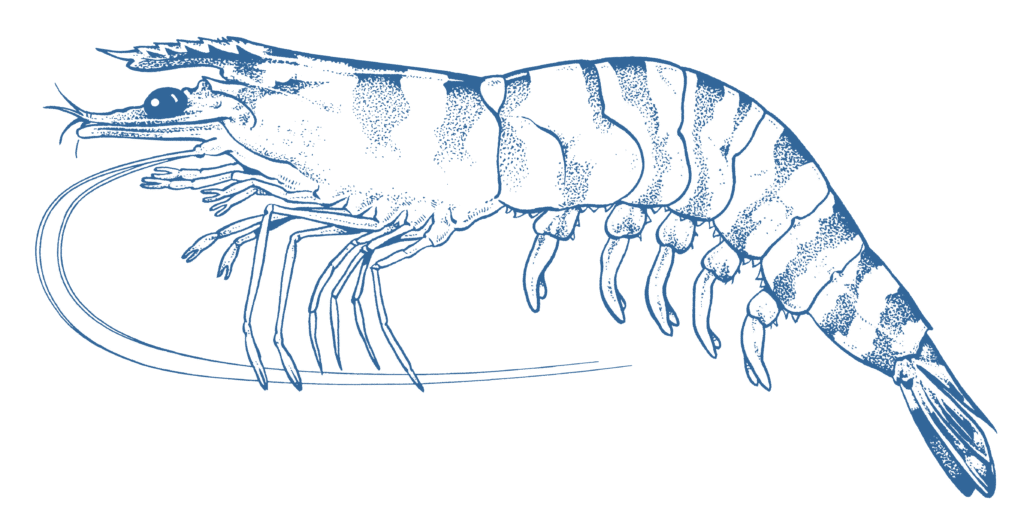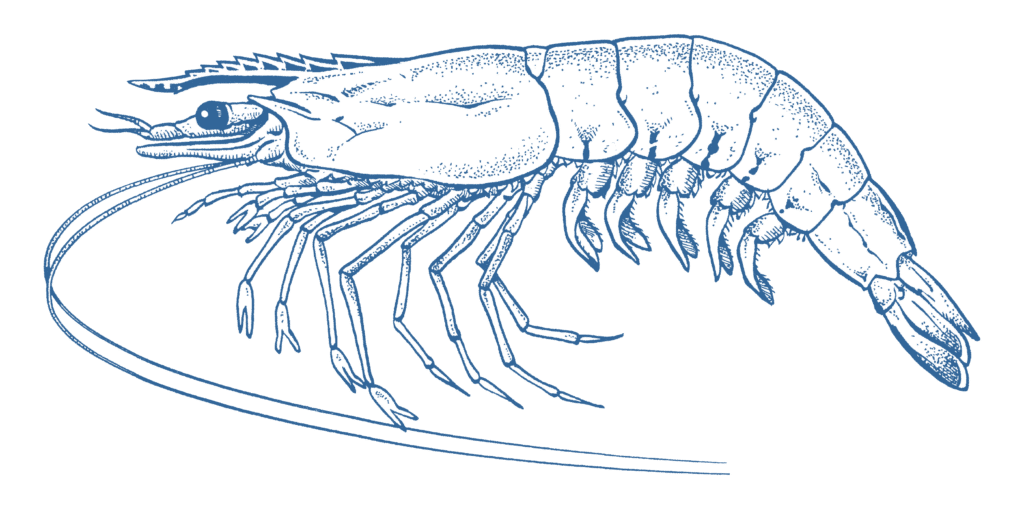
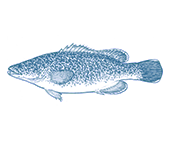
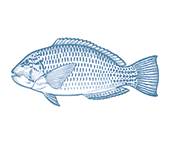
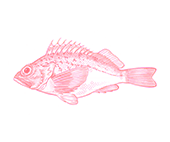

- Say No
Wild Caught
Region:
QLD
- Banana prawns are caught in pelagic (open ocean) and bottom trawl fisheries in Queensland.
- While the banana prawn catch is weakly managed in Queensland, the species is likely resilient to overfishing and there is no evidence the stock is unhealthy.
- Bycatch of threatened and endangered species including endemic sharks and rays is a major issue in Australian prawn fisheries. Ongoing concerns include the abandonment of an observer program in the Queensland fishery in 2012 and high bycatch levels relative to other fishing methods.
- Banana prawns are caught using otter trawls that operate just above the seafloor. Trawling is conducted over sandy and muddy seafloors in and around the Great Barrier Reef Marine Park. However 66% of the marine park is closed to fishing and the impact of trawling over previously trawled habitat is not thought to be of high risk to the environment.
- The Queensland fishery is managed under a newly implemented harvest strategy. The strategy is improving the balance of ecological, social and economic factors at play in the fishery by implementing management techniques which look after the stock better.
- East Coast Trawl Fishery (587t in 2020, 449t in 2019)
Banana prawns are found in shallow estuaries and intertidal areas to depths of 45m. They live in turbid waters for much of their lifespan, inhabiting sheltered mangrove creeks as juveniles and relatively sheltered coastlines as juveniles.
The name ‘banana prawn’ refers to two species – white and red-legged banana prawns; both species live in tropical waters and are short-lived and fast-growing.The vast majority of product sold in the Australian market comes from the Commonwealth-managed Northern Prawn Fishery, catching white banana prawns. Long-term fishing records indicate that stocks are healthy in areas fished by QLD.
Trawling occurs over sandy and muddy seafloor habitats within the Great Barrier Reef and Moreton Bay Marine Parks, where habitats are relatively well understood, as well as to the south of the marine park. Current zoning means that 66% of the Great Barrier Reef and 44% of the Moreton Bay marine park is closed to trawl fishing, protecting a significant proportion of marine habitat. Assessments of the impact of fishing on marine habitats show that trawling presents a relatively low risk of long-term or significant damage to habitats within the marine park. In addition, all boats operating in the fishery have location monitoring devices, which means that authorities can ensure fishing is only taking place in areas open to fishing.
Queensland trawl fishers are required to report any threatened and endangered species they catch but serious concerns have been raised in this fishery about unreliable reporting. Despite no major changes to management and a consistent level of fishing effort in recent years, 2019 saw a 63% reduction in bycatch reports of species like sawfish, sea turtles and sea snakes. This bycatch reporting is unverifiable because there has been no independent observer program since 2012.
Bycatch mitigation measures include turtle excluder devices, bycatch reduction devices and closures. However, this fishery has a high level of discards and it is concerning they are not required to be reported. The most recently available data estimated 25,271t of discards in 2014, compared to 6702t of retained catch in the same year.
The northern and central fishery regions lie entirely within the Great Barrier Reef marine park, which likely provides a significant degree of protection by bycatch, byproduct and discard species.
The fishery will be required to resume an independent observer program by 2024, likely to be based on e-monitoring. While it is welcome, the program should be implemented sooner.
There is a strong potential for this rating to improve in the future, provided that the broad reforms currently underway deliver the strong and effective management needed to support well managed and sustainable fisheries in QLD.




